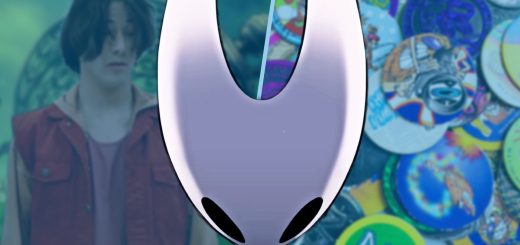Tales of Kenzera review: a compassionate Afro-futurist exploration of grief
Of all the Metroidvania elements in Tales of Kenzera: Zau, my favourite are the trees. Simply enough, meditating inside a tree provides a health boost. It’s here the camera pans out to reveal these great, almost magical, natural structures which provide safety, sanctuary and a moment of reflection. Protagonist Zau is a hot-headed and petulant young man desperate to revive his father, but sat quietly in the trunk of a tree, he’s just a boy.
Tales of Kenzera: Zau reviewDeveloper: Surgent StudiosPublisher: EAPlatform: Played on PS5Availability: Out 23rd April on PS5, Xbox Series X/S, PC (Steam), Switch
The trees are a key example of how Tales of Kenzera transposes the genre to its African setting, but also where its heart lies: with the relationship between a father and son. The game’s creator, voice actor Abubakar Salim (best known for his portrayal of Bayek in Assassin’s Creed: Origins), has been particularly open about the personal inspiration behind the game: his own experience of grief following the death of his father. There’s even a moving short film released ahead of the game. Yet even without knowing this, Tales of Kenzera itself exudes passion and love.
It’s a story-within-a-story set in the fictional Afro-futurist land of Kenzera, and it tells the tale of desperate shaman Zau who bargains with Kalunga, god of death, following the passing of his father. Zau must deliver three spirits to win back his father and, along the way of his adventure, he learns to cope with his feelings of grief. Kalunga becomes his father-figure guide who speaks in proverbs and commands Zau with stern yet comforting lessons; Zau in return listens, rebels, argues, and accepts.
Back to the trees: it’s here we learn more about Zau’s relationship with his father. As he reminisces on past moments – the sort you misunderstand as a child but appreciate with the wisdom of adulthood – he recognises the value of these lessons. Zau must learn to let go, and it’s by reflecting with Kalunga in these trees he appreciates the extent of his loss and finds hope for the future. Throughout the adventure, Zau wrestles with his feelings and learns to express his emotions as he tackles the issues each of the three spirits represents. Kalunga acts as pseudo-therapist: “I see before me a strong, brave and intelligent young man who chooses to champion hope over despair,” he tells Zau at one point.

